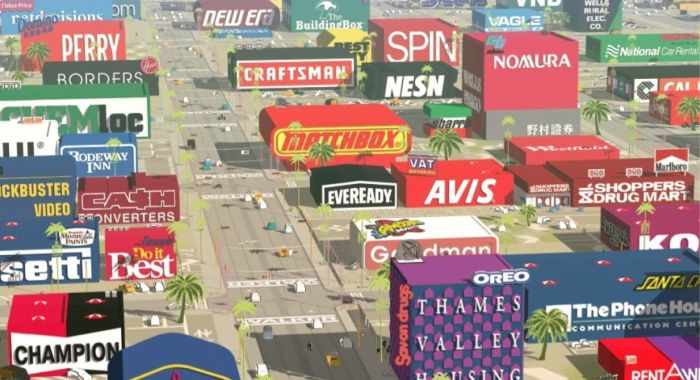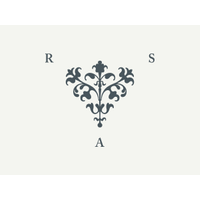I entered the ‘Sleep Matters’ competition brief by the RSA Student Design Awards. The brief wanted a product or service that helps people get better sleep. I created design visuals for a sleep app named ‘Doze’. It is aimed at University students to help them understand how their lifestyle is currently affecting their sleep.
The competition made it clear that they were not looking for an average product/service that tells users to get 8 hours sleep. The explicit requirements of the brief were that they wanted you to “think holistically about what factors actively contribute to, or undermine the possibility of good sleep”. They wanted a product, service or system that thought about the role of nutrition, exercise, mental states, physical environments and more.
With this information, I added screens that allowed users to track how much they exercised each day and also added a function that allows the users to track the food they’re eating and it can tell them what packaging they can recycle. I added this certain feature into my app as the implicit constraints (found through previous winners and the website information page) wanted a project that would benefit the environment in some way. Adding to this, the implicit constraints also urged for a project that would benefit society and incite social change, therefore I included a ‘friends’ option within the app, to allow users to connect with others and help them on their journey of bettering their sleep.
I undertook primary research at The University of Hertfordshire to get a better understanding of the ways in which students sleep. I made sure to get an ethics approval from the University before undertaking this research. Once I got the go-ahead from the University I gave the survey to peers in my class and found out that half the students I surveyed suffered with a mental health issue. To help these certain people I wanted to include a function within my app that would help them feel less depressed/anxious.
Example of one survey:
In researching what function I could include, I found an article by JAMA Internal Medicine. The organisation's objective was "to determine the efficacy of meditation programs in improving stress-related outcomes (anxiety, depression, stress/distress, positive mood, mental health–related quality of life, attention, substance use, eating habits, sleep, pain, and weight) in diverse adult clinical populations." Finding out that meditation can help those affected by depression and anxiety, I decided to include a meditation feature within my app. It was important for me to do this as the explicit requirements of the brief clearly stated to focus on mental states and health and wellbeing, not just sleep.
I begin every design project I do by researching and taking inspiration from existing products/designs in the same field and then sketching possible designs. Sketching first gives me a good starting point when I begin to develop my designs digitally. I created the designs for this app using Adobe XD and Adobe Photoshop.
I looked at design theories for reference when designing my app. One in which was the Gestalt Theory. This theory “refers to the way in which humans, when looking at a group of objects, will see the whole before we see the individual parts” (Sam Hampton-Smith, 2017). Referring to that theory when designing my app allowed me to make sure my designs were more connected, coherent and complete. Another design theory I researched was Colour Theory to also use as reference when choosing the colours within my app. “The research provided by Colorcom showed that it takes only 90 seconds for people to make a subconscious judgment about a product and between 62% and 90% of that assessment is based on colour alone” (Tubik Studio, 2017). From reading this quote it urged me to use the colour blue as the apps icon colour as it's a calming colour, perfect for a sleep app. I also made sure to add the colour green in the food section as this conveys health and wellbeing.

